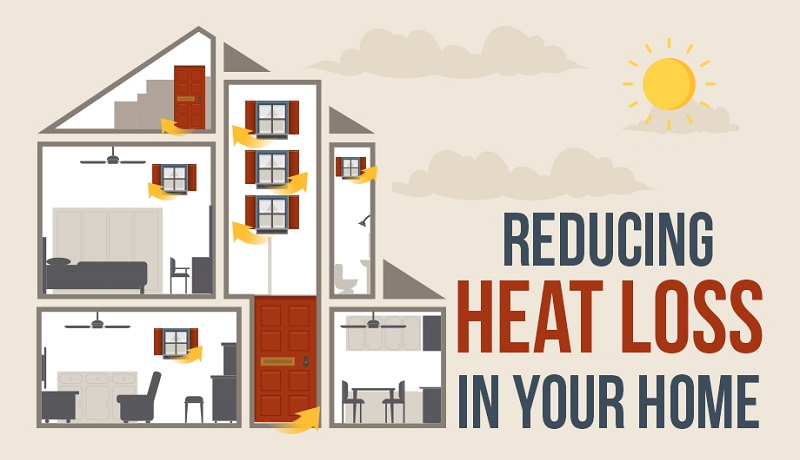FindItMore | Running costs for your home can be quite high, as you need to account for insurance, property tax, utility bills, maintenance and more. Logically, you would follow through on any measure that could reduce these costs. Reducing heat loss is a very easy way to do this, yet many homeowners seem to have no idea of just how readily heat is seeping out of their residences.
Research from Metro Home Insulation showed that heating and cooling comprises more than half the annual cost of a typical household’s utility bills, while a well-insulated home could recoup the costs of implementing wall, floor, roof and attic insulation within five years. There are simpler ways in which you could help your home retain heat, but insulation is certainly an advisable long-term measure.
In a typical home, 70% of heat loss occurs through thin or uninsulated walls and through gaps in windows and doors. A further 20% is lost through the roof, with floors accounting for the remainder. These figures will, of course, vary from one property to the next, but they give a strong indication as to which areas of your home are most susceptible to unnecessary heat loss.
If you’re on a tight budget and you’re looking for cheap yet effective ways of reducing heat loss in your home, a good place to start is by simply drawing the curtains at night, as this helps to keep heat within a room. Just make sure that the curtains don’t sit on the heater, as this would obviously stem the flow of heat. Keeping windows and doors closed also allows a room to retain its heat and stops cold air from seeping throughout the home.
Nothing will keep your home warm quite like proper insulation, though. Yes, it may seem expensive at first, with the right choice of insulating material, the energy savings will add up over a few short years. Also, high-quality insulation helps the environment, as less energy is being used.
If you decide to insulate your home, think carefully about the material you choose for the insulation, as some will be far more effective than others. Aerated concrete and blown fiberglass are among the least effective insulators and would probably represent a poor investment, whereas high-density foams like polyurethane and polyisocyanurate are excellent for this purpose. An easy way to gauge the effectiveness of insulating material is to check its R-value. If this is 5 or higher, you can expect it to be of high quality. Anything lower than 3 just isn’t worth the investment.
If you would like to learn more about how to cut down on heat loss in your home, then check out the infographic below, which was created by Senator Windows.






